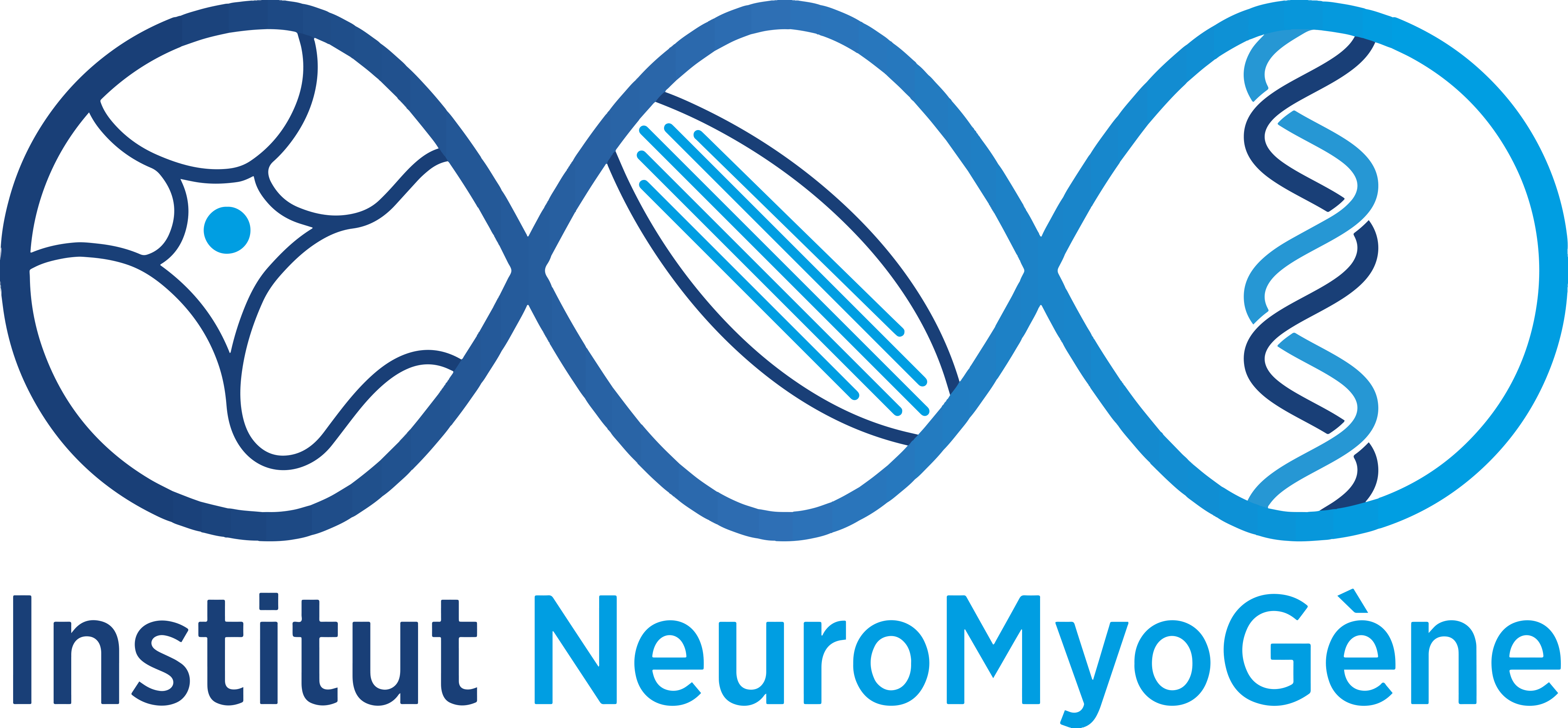Epigenetics Meets Immunity and Inflammation
Abstract:
The function of chromatin is largely dependent of its underlying structure. Linker histone H1 is a key player in both nucleosome and chromatin fiber 3D organization. Yet, how does H1 achieve this was the major challenge that has defied the epigenetic community for decades. Here, I will initially describe at higher resolution the conformational transitions of both the nucleosome and the chromatin filament induced by the binding of histone H1 and the resulting condensed structures. Some data on the elasticity of native mitotic chromosomes will be also presented.
The DNA templated processes (gene expression, DNA repair, DNA replication, mitosis, etc.) requires unfolding of the condensed H1-bound chromatin and then refolding in order to preserve nucleus homeostasis. Histone variants are key epigenetic factors, deeply involved in chromatin dynamics. The second part of the talk will be focused on the histone variant H2A.Z. H2A.Z is an essential protein, which is implicated in the vast majority of nuclear processes. Yet , how H2A.Z exhibits such pleiotropic functions remains unclear. We have addressed this question by using mouse genetics and a large cohort of molecular and cellular biology and epigenetic approaches. Depletion of H2A.Z in the stem cells of the basal layer of the skin epidermis leads to the activation of the three main cytosolic DNA sensor pathways, namely cGAS/STING, AIM2 inflammasome, and Toll-like receptor sensors, suggesting the presence of self-DNA in the cytoplasm. We provide evidence that such DNA originates, upon depletion of H2A.Z, from the accumulation of mitotic defects, micronuclei, R-loops, stalled replication forks, de-repression of distinct DNA repeats and structurally altered mitochondria. These changes instigate a profound innate immune response, leading to the activation of the interferon-responsive genes and a strong inflammation phenotype. Our data identify H2A.Z as a major epigenetic mediator of genome integrity, and its deficiency affects overall genome organization and nuclear homeostasis.
During the last years, our lab was very much interested in the etiology of epigenetic and rare diseases. At the end of the talk, some of our data on both Rett syndrome, a very severe neurodevelopmental disease, and Rahman syndrome, a newly identified rare disease casually linked with mutations in the linker histone H1, will be also presented.
Relevent Publications:
1. Graies, M. et al., submitted
2. Nucleosome dyad determines the H1 C-terminus collapse on distinct DNA arms – Louro, J.A. et al., Structure 2023, Feb 2;31(2):201-212
3. MeCP2 is a microsatellite binding protein that protects CA repeats from nucleosome invasion – Ibrahim A. et al., Science 2021, Jun 25;372(6549) :eabd5581.
4. Structure of an H1-Bound 6-Nucleosome Array Reveals an Untwisted Two-Start Chromatin Fiber Conformation – Garcia-Saez I. et al., Mol. Cell, 2018 Dec 6;72(5):902-915.e7.
5. Structure and Dynamics of a 197 bp Nucleosome in complex with Linker Histone H1 – Bednar J. et al. , Mol Cell. 2017, May 4;66(3):384-397.e8.
6. Molecular basis and specificity of H2A.Z-H2B recognition and deposition by the histone chaperone YL1 – Latrick, CM et. al. Nat Struct Mol Biol. 2016 Apr;23(4):309-16.
7. ANP32E is a histone chaperone that removes H2A.Z from chromatin – Obri, A. et al. Nature. 2014 Jan 30;505(7485):648-53

